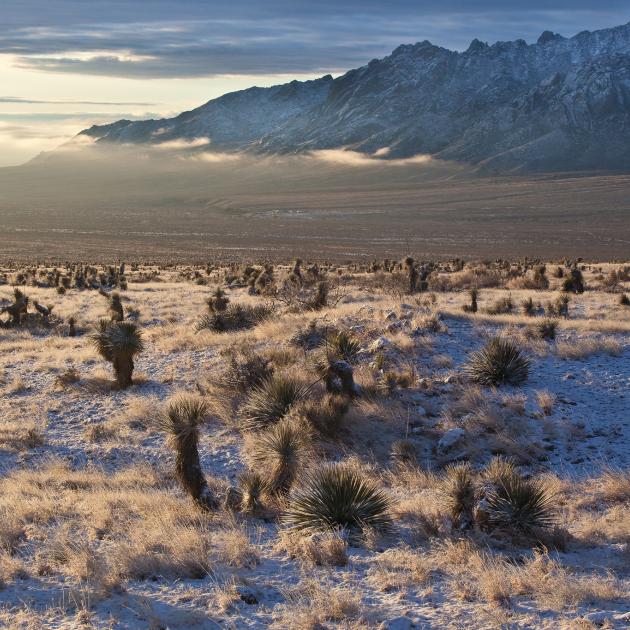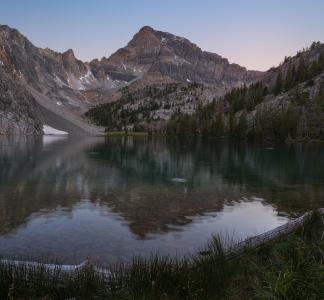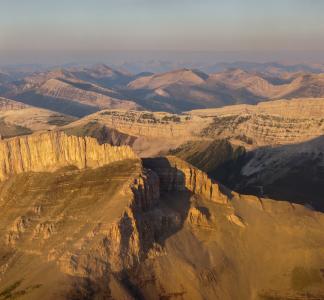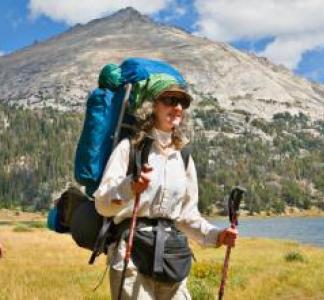Where moon-bound Apollo crews trained: our otherworldly wildlands

Buzz Aldrin and Neil Armstrong examine a geological sample in Texas’ Sierra Blanca in February, 1969.
NASA
Astronauts explored American West to train for space
In 1969, landing on the moon was a truly paradigm-shifting achievement--a real “first” both for the American public and NASA. But we were not unprepared: astronauts went through years of training to get a sense for what space would be like, and this included some time exploring the landscapes of the American West to simulate other planets’ surfaces. Without permanent protection, American wildlands like those used by the space program might deteriorate, damaging unique pieces of American history in the process.
Even as the Apollo 11 crew was making final preparations to visit the moon, Apollo 12 astronauts trained in what is now Organ Mountains-Desert Peaks National Monument
The Apollo 11 astronauts trained in part near rocky Sierra Blanca, in Texas, but some future crews used much wilder areas. Even as we were making final preparations to visit the moon for the first time, the astronauts of Apollo 12 were training for the next such mission in an area that would later be protected as a national monument by President Barack Obama: Organ Mountains-Desert Peaks National Monument.
The site of the Apollo 12 training was the Kilbourne Hole, in the eastern end of the Potrillo Mountains complex, which makes up the southern chunk of Organ Mountains-Desert Peaks National Monument. The crater, which formed due to an underground volcanic eruption, measures 1.7 miles long and over 300 feet deep, making it a must-see for photo-opportunity seekers and natural candidate to act as a stand-in for the moon’s surface. In fact, the Apollo 12 astronauts were only one of several Apollo crews that used the Kilbourne Hole for this purpose.
Over the course of the 1960s, astronauts preparing for the moon trained at the Grand Canyon, Texas’ Big Bend National Park, Arizona’s Sunset Crater Volcano National Monument and perhaps most appropriately, Idaho’s Craters of the Moon National Monument. Less than six weeks after Apollo 11 touched down on the moon, Craters of the Moon National Monument, which gets its name from the hardened lava, scattered with cinder cones and sagebrush, that blankets its landscape and gives it a quasi-lunar appearance, hosted Apollo 14 astronauts Alan Shepard, Edgar Mitchell, Joe Engle and Eugene Cernan, who hoped to bone up on geology in advance of their 1971 trip.
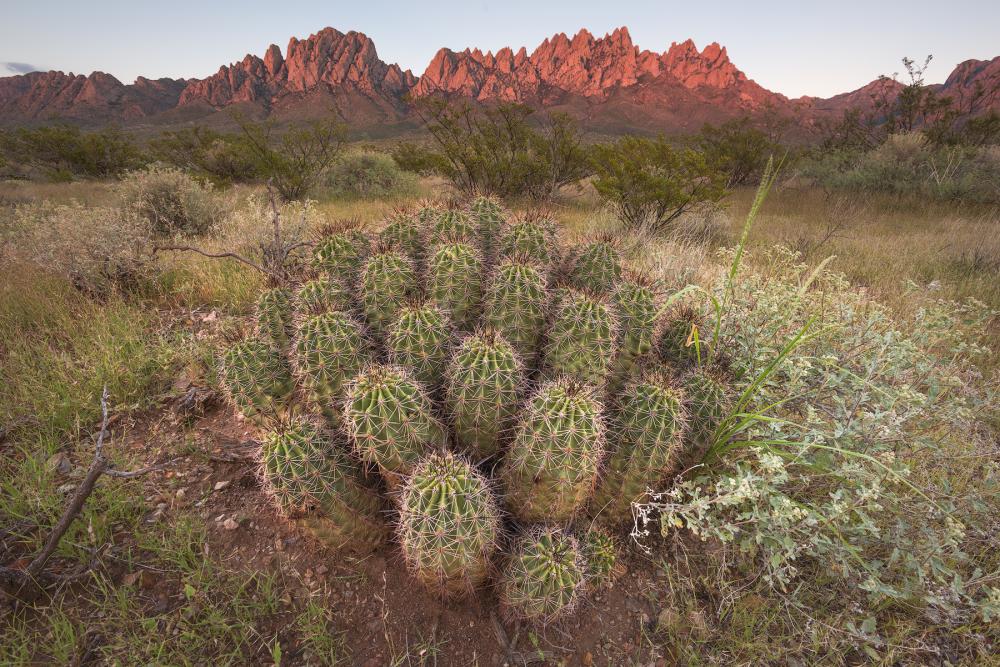
Organ Mountains National Monument, NM
Mason Cummings, TWS
